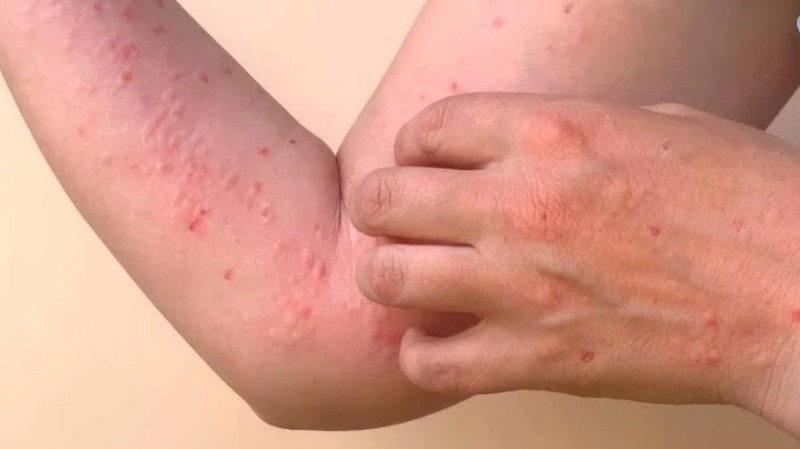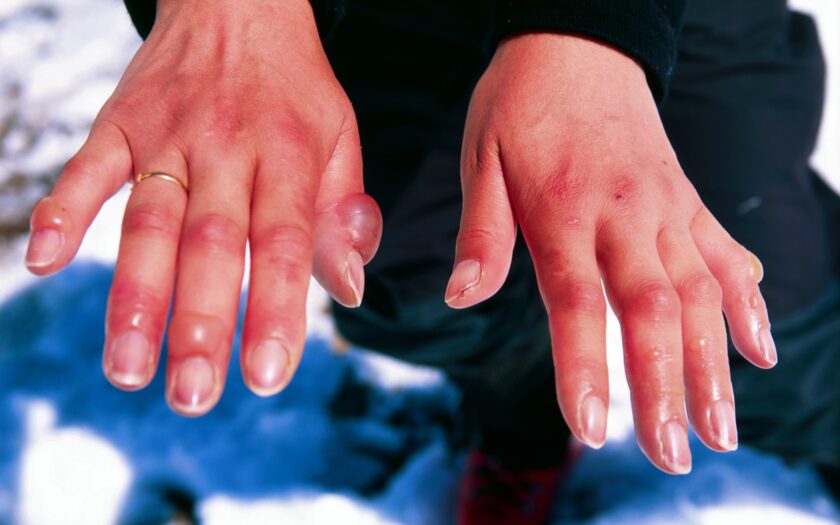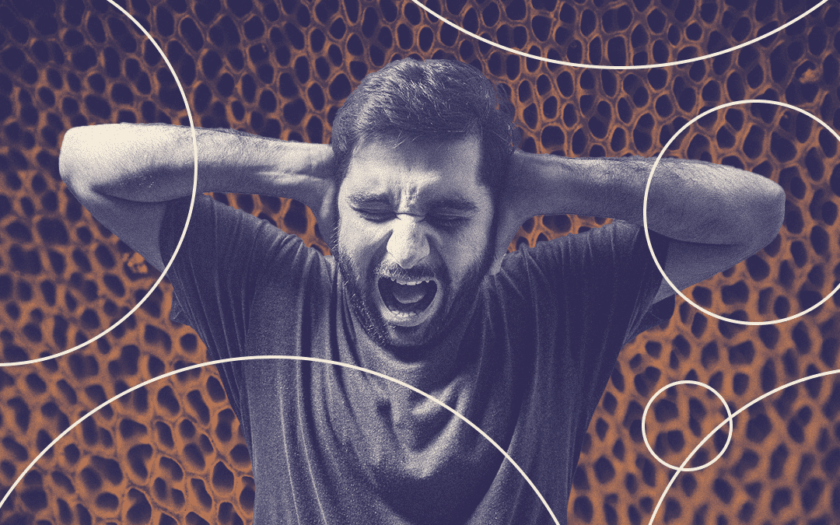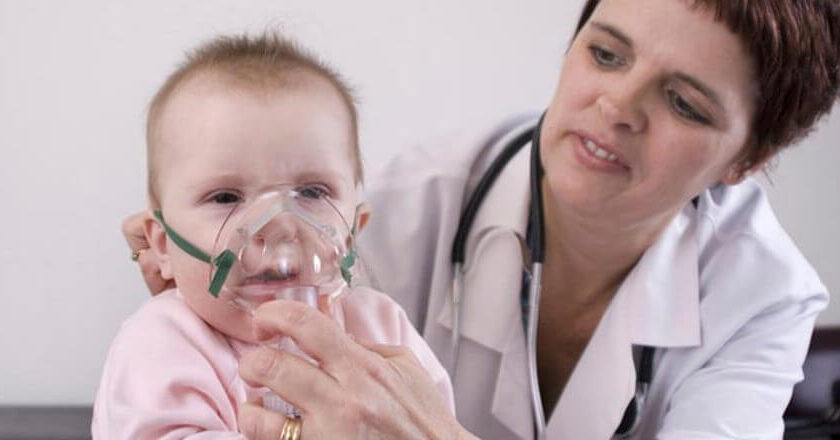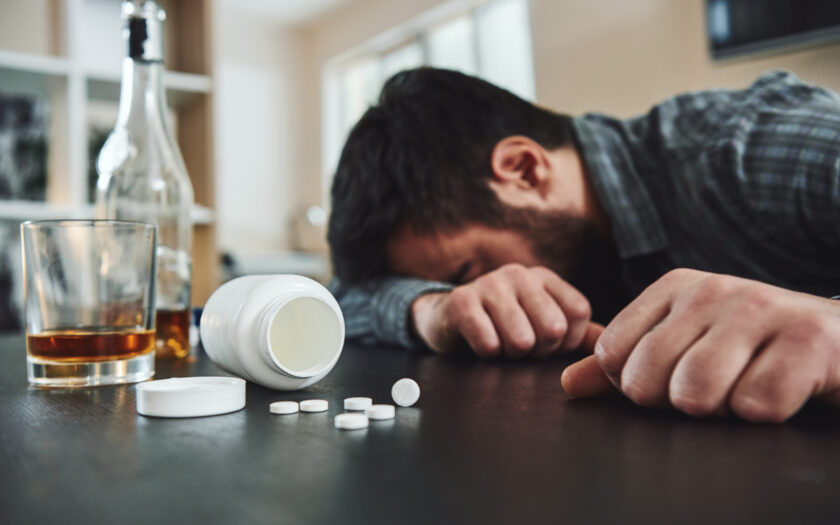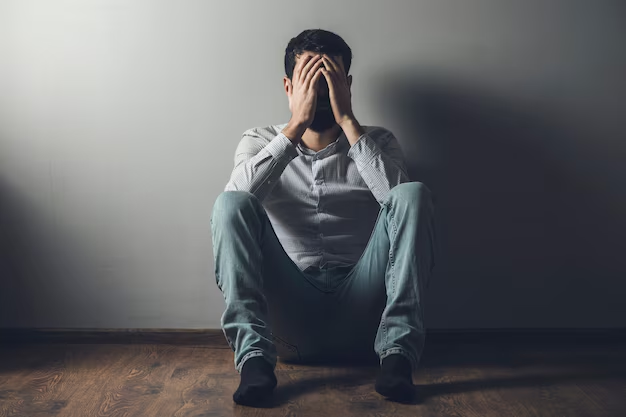How to Take a Rectal Temperature
Taking a rectal temperature is a reliable method, especially for infants and young children, as it provides accurate readings of core body temperature. To begin, use a digital thermometer and ensure it is clean and sanitized. Apply a small amount of water-based lubricant to the thermometer’s tip for comfort. Lay the child on their back or stomach, holding them securely to prevent movement. Gently insert the thermometer into the rectum about 1/2 to 1 inch, ensuring not to force it. Hold it in place until the thermometer beeps, then carefully remove it and read the temperature on the display. Clean the thermometer thoroughly after use and record the reading for health monitoring.





